Complete Solutions to Parallel Reaction, Consecutive Reaction, Special Cases Of First-Order Reactions of chapter CHEMICAL KINETICS of Class 12 book with complete answers and questions
| Class 12 | CHEMISTRY |
| Chapter | CHEMICAL KINETICS |
| A2Z | Parallel Reaction, Consecutive Reaction, Special Cases Of First-Order Reactions |
| Number Of Questions | 25 |
| Academic Year | 2023-24 |
In a reaction, the threshold energy is equal to
02:01View SolutionThe following data are for the decomposition of ammonium nitrite in aqueous solution.:
`{:("Vol of" N_(2)(cm^(3)),6.25,9.0,11.42,13.65,35.2),("Time (min)",10,15,20,25,oo):}`
The order of reaction is :02:15View SolutionFor the reaction `H_(2)(g)+I_(2)(g) hArr 2HI(g)`, the rate of reaction is expressed as
01:27View SolutionFor a reaction, `E_(a)= 0 and k= 3.2xx10^(4)s^(-1)` at `300 K`. The value of `k` at `310 K` would be
01:45View SolutionMechanism of the reaction `2NO + Cl_(2) rarr 2NOCl` may be written as
`2NO overset(k)(hArr) (NO)_(2)`……….(fast)
`(NO)_(2) + Cl_(2) overset(k)rarr 2NOCl`……….(slow)
Rate equation would be02:19View SolutionThe acid catalysed ionisation of `gamma`-hydroxy butyric acid proceeds as a reversible reaction. Which is I order in both the forward and backward steps:
`underset("(Acid)")(A) underset(K_(1)) overset(K_(2))(hArr) underset("(Lactose)")(B)`
The rate `-(d[A])/(d t)` is given by:00:42View SolutionTwo reactions `A rarr` products and `B rarr` products have rate constants `k_(a)` and `k_(b)` respectively at temperature `T` and activation energies are `E_(a)` and `E_(b)` respectively.
If `k_(a) gt k_(b)` and `E_(a) lt E_(b)` and assuming the freuency factor `A` in both the reactions are same then03:33View SolutionA simple mechanism for enzyme-catalyzed reaction is given by the folllwoing set of equations
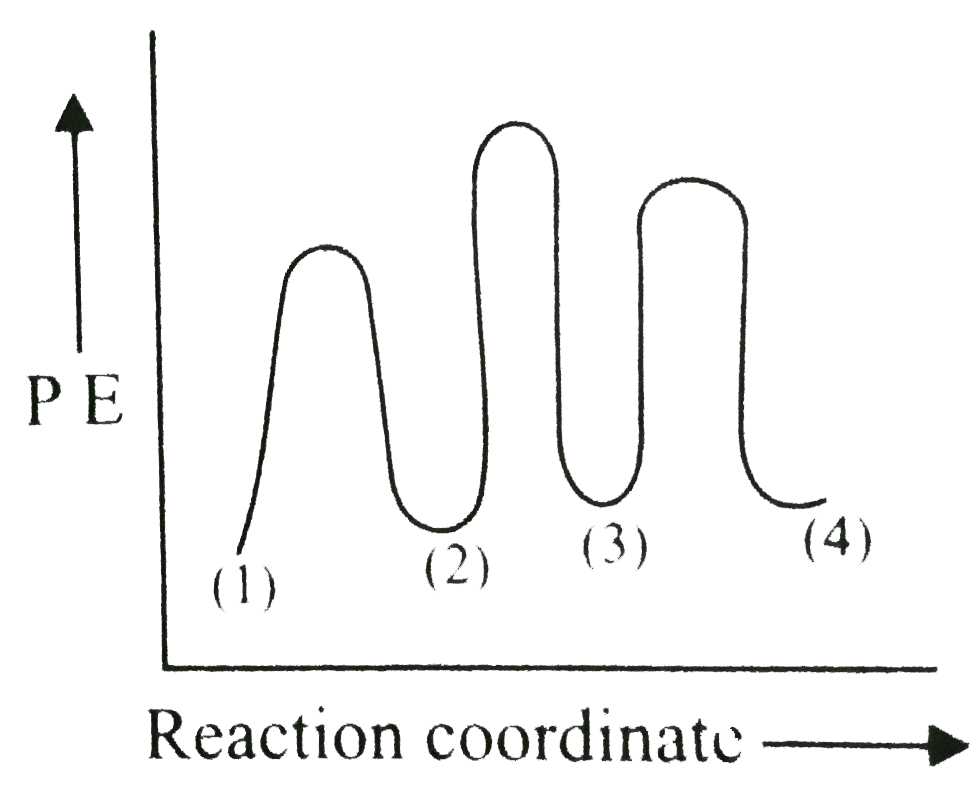
`{:(underset("(enzyme)")(E),+,underset("(reactant)")(S),hArr,underset("(intermediata 1)")(ES),,),(underset("(intermediate 1)")(ES),,,hArr,underset("(intermediate 2)")(EP),,),(underset("(intermediate 2)")(EP),,,hArr,underset("(enzyme)")(E),+,underset("(product)")(P)):}`
This is know as the Michaelis-Menten mechanism. The potential energy diagram is shown in the fig. Which of the following sets of identifications is correct ? (Assume that the temperature and pressure are constant).02:59View SolutionFor a reaction, `A rarr B+C`, it was found that at the end of `10` minutes from the start, the total optical rotation of the system was `50^(@)` and when the reaction is complete, it was `100^(@)`. Assuming that only `B` and `C` are optically active and dextrorotatory. Calculate the rate constant of this first order reaction
02:27View SolutionConsider the reaction,
`Cl_(2)(aq) + H_(2)S(aq) rarr S(s) + 2H^(+) (aq) + 2Cl^(-)(aq)`
The rate equation for this reaction is,
Rate `=k [Cl_(2)][H_(2)S]`
Which of these mechanisms is`//`are consistent with this rate equation ?
(I) `Cl_(2) + H_(2)S rarr H^(+) + Cl^(-) + Cl^(+) + HS^(-)` (slow)
`Cl^(+) + HS^(-) rarr H^(+) + Cl^(-) + S` (fast)
(II) `H_(2)S hArr H^(+) +HS^(-)` (fast equilibrium)
`Cl^(+) + HS^(-) rarr 2 Cl^(-) + H^(+) + S` (slow)03:56View SolutionFor a Ist order decomposition of `A` as given
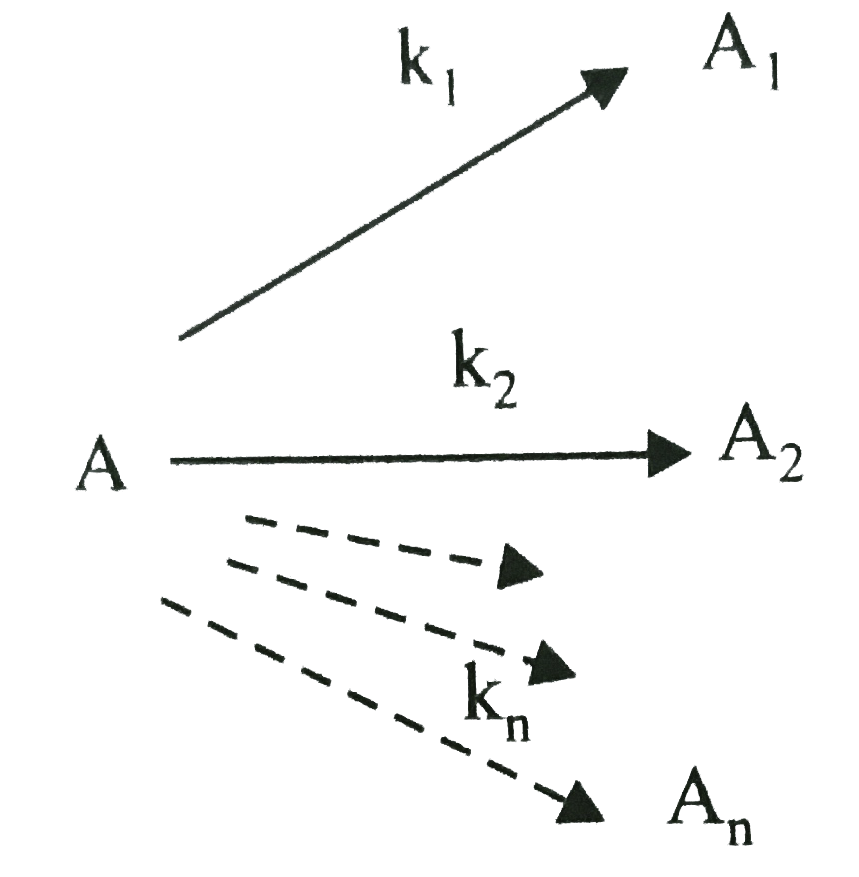
Therefore rate constant `(K)` for the overall decomposition of `A` is02:58View SolutionFor the consecutive unimolecular-type first-order reaction `A overset(k_(1))rarr R overset(k_(2))rarr S`, the concentration of component R, `C_( R)` at any time `t` is given by -
`C_(R ) = C_(OA)K_(1)[e^(-k_(1)t)/((k_(2)-k_(1))) +e^(-k_(2)t)/((k_(1)-k_(2)))]`
if `C_(A) = C_(AO), C_(R ) = C_(RO) = 0` at `t = 0`
The time at which the maximum concentration of `R` occurs is -06:38View SolutionFor a reaction
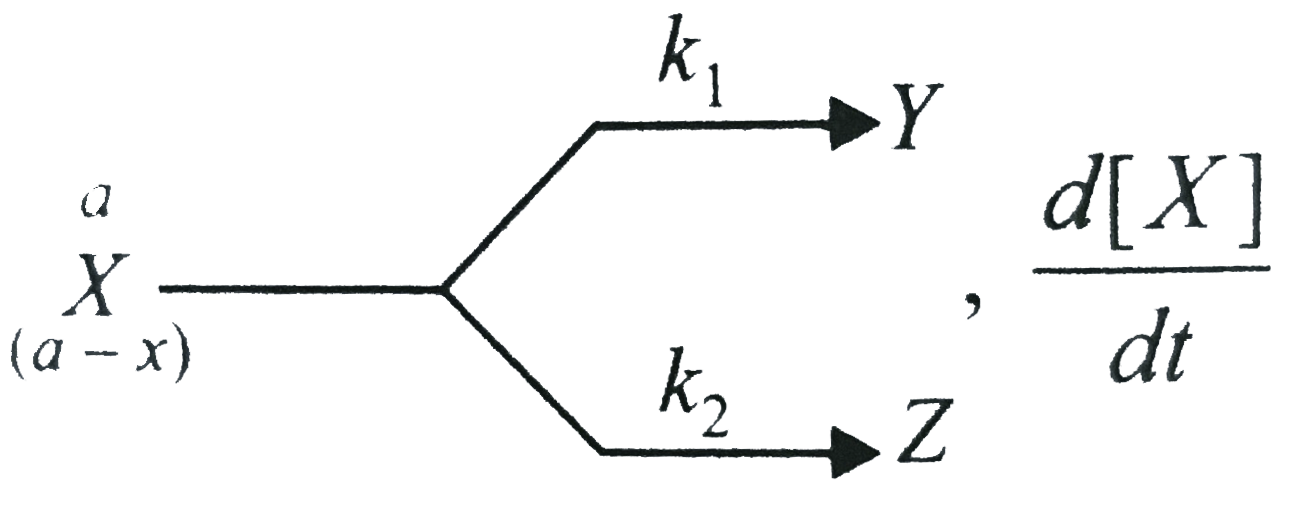 ,`(d[X])/(d t)` is ewqual to 02:03View Solution
,`(d[X])/(d t)` is ewqual to 02:03View SolutionChoose the correct set of identification.
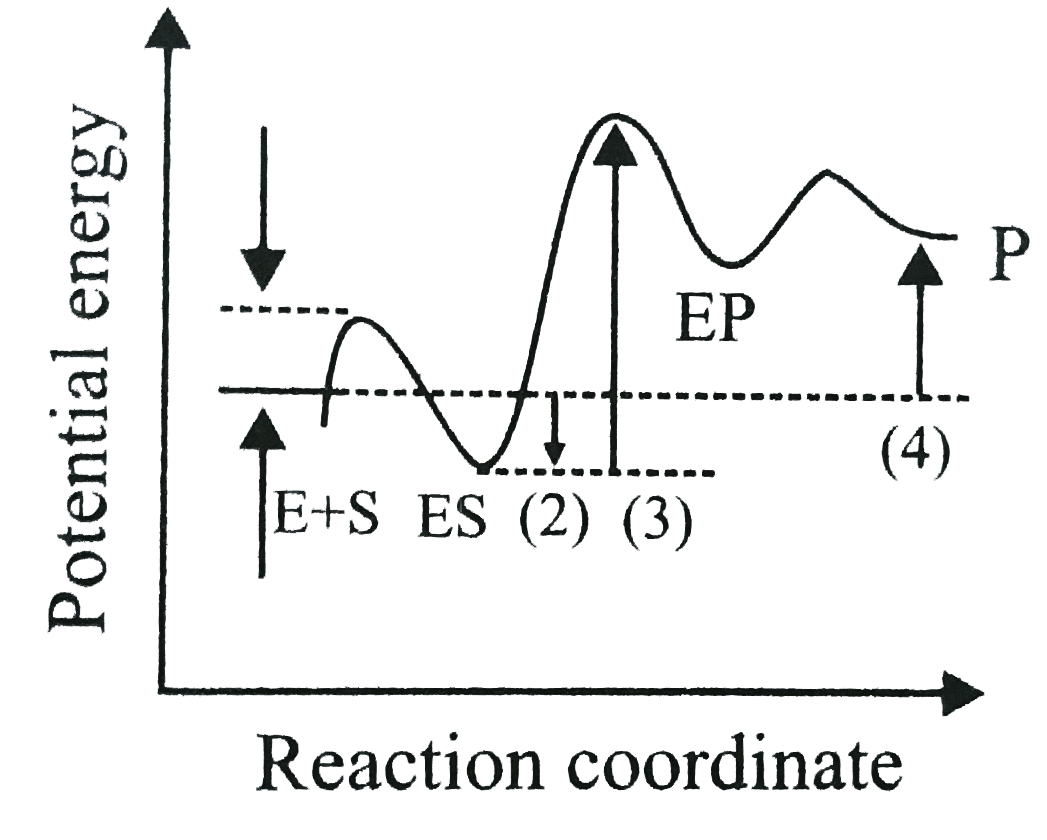 03:14View Solution
03:14View SolutionThe mechanism of the reaction: `A + 2B + C rarr D` is
(step 1) (fast) equilibrium `A+B hArr X`
(step 2)(slow) `X + C rarr Y`
(step 3) (fast) `Y + B rarr D`
Which rate law is correct ?02:11View SolutionCatalyst decomposition of hydrogen peroxide is a….. Order reaction
00:44View SolutionIn the reaction `NH_(4)NO_(2)(aq.) rarr N_(2)(g) + 2H_(2)O(l)` the volume of `N_(2)` after `20` min and after a long time is `40 ml` and `70 ml` respectively, The value of rate constant is :
02:34View SolutionThe half life of decompoistion of `N_(2)O_(5)` is a first order reaction represented by `N_(2)O_(5)rarrN_(2)O_(4)+1//2O_(2)`
After `15`min the volume of `O_(2)` produced is `9ml` and at the end of the reaction `35ml`. The rate constant is equal to02:54View Solution
Half life id independent of the concentration of `A`. After `10 mi n` volume of `N_(2)` gas is `10 L` and after complete reaction is `50 L`. Hence, the rate constant is04:26View SolutionFor the consecutive unimolecular first order reaction `A overset(k_(1))rarr R overset(k_(2))rarr S`, the concentration of component `A`, `C_(A)` at any time `t` is given by
02:08View SolutionA first order homogeneous reaction of the type `X rarrY rarr Z` (consecutive reaction) is carried out in a `CSTR`. Which of the following curves reacpectively show the variation of the concentration of `X, Y` nad `Z` with time
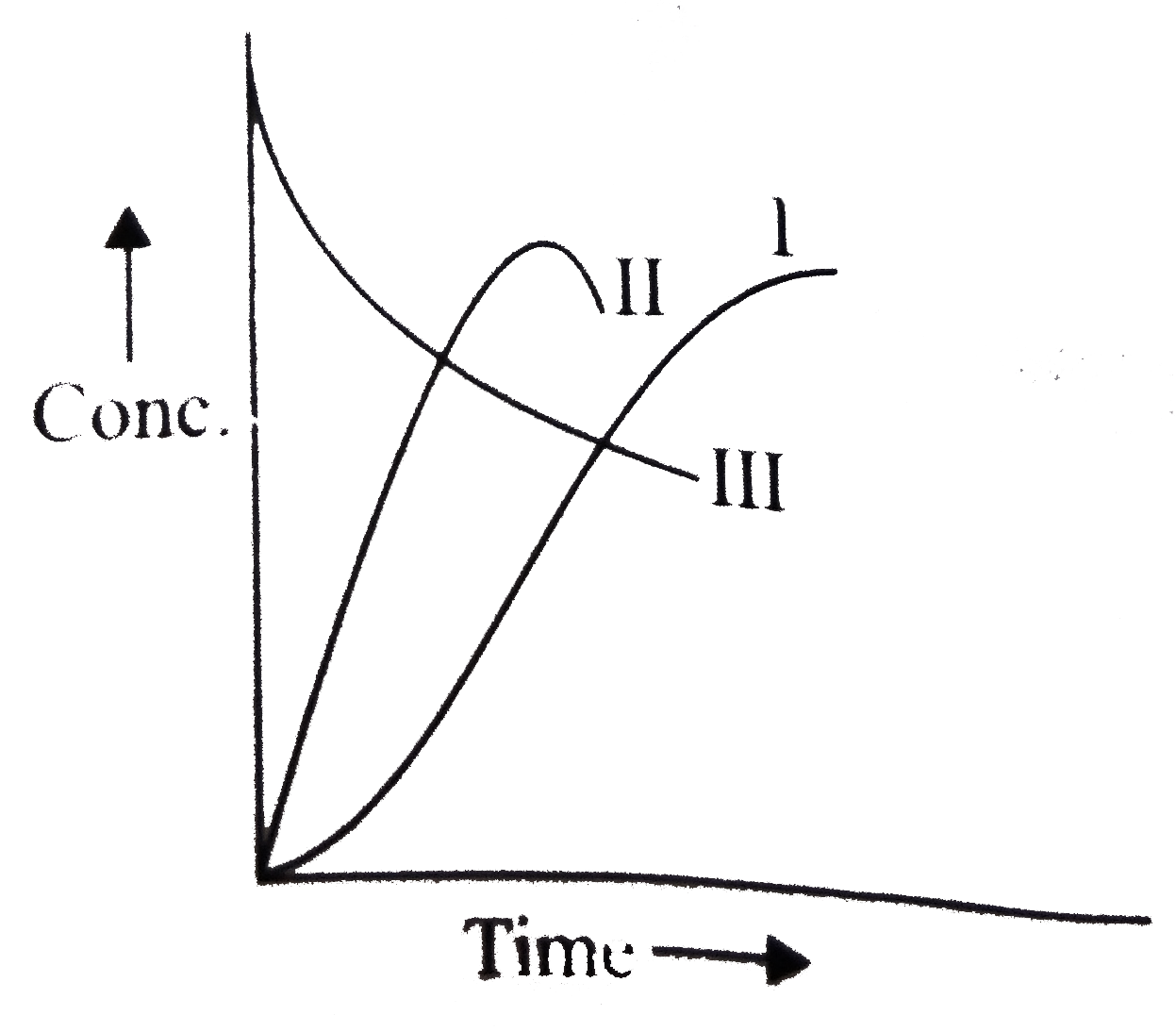 01:54View Solution
01:54View SolutionConsider the elementary reaction sequence shown in figure. Which of the following equations are correct ?
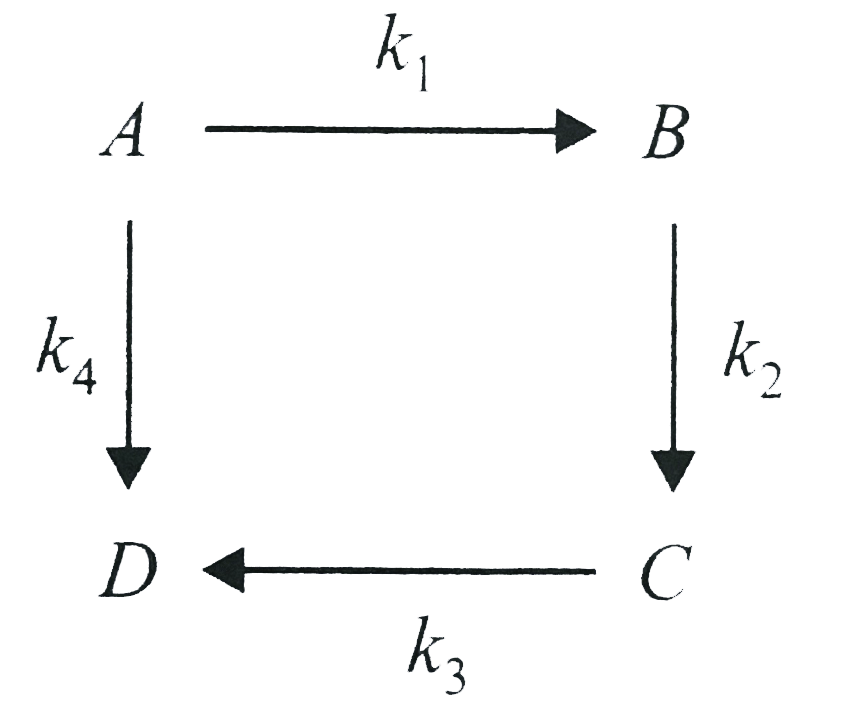 02:01View Solution
02:01View SolutionA hypothetical reaction `A_(2) + B_(2) rarr 2AB` follows the mechanism as given below:
`A_(2) hArr A+A ("fast")`
`A+B_(2) rarr AB+B` (slow)
`A+B rarr AB` (fast)
The order of the overall reaction is03:30View SolutionFor a gaseous reaction, following data is given:
`ArarrB, k_(1)= 10^(15)e-^(2000//T)`
`C rarrD, k_(2) = 10^(14)e^(-1000//T)`
The temperature at which `k_(1) = k_(2)` is02:21View Solution`H_(2)O` and `O` atom react in upper atmosphere bimolecularly to form two `OH` radicals. `DeltaH` for the reaction is `72 kJ` at `500K` and energy of activation is `77kJ mol^(-1)`. Estimate `E_(a)` for bimolecular recombination of two `OH` radicals to form `H_(2)O` and `O` atom.
01:59View Solution
Parallel Reaction, Consecutive Reaction, Special Cases Of First-Order Reactions questions and complete solutions for chapter CHEMICAL KINETICS of A2Z CHEMISTRY (HINGLISH) of Class 12
All Exercises from A2Z Class 12 CHEMISTRY CHEMICAL KINETICS
- AIIMS Questions
- AIPMT/NEET Questions
- Arrhenius Equation, Effect Of Temprature And Effect Of Catalysts
- Assertion-Reasoning Questions
- Initial Rate Method And Ostwaid Method
- Integrated Rate Expression
- Parallel Reaction, Consecutive Reaction, Special Cases Of First-Order Reactions
- Rate Expression, Rate Of Appearance And Disappearance, Instaneous And Average Rate Of Reaction
- Rate Law, Law Of Mass Action, Order Of The Reaction, And Molecularity
- Section B - Assertion Reasoning
- Section D - Chapter End Test
